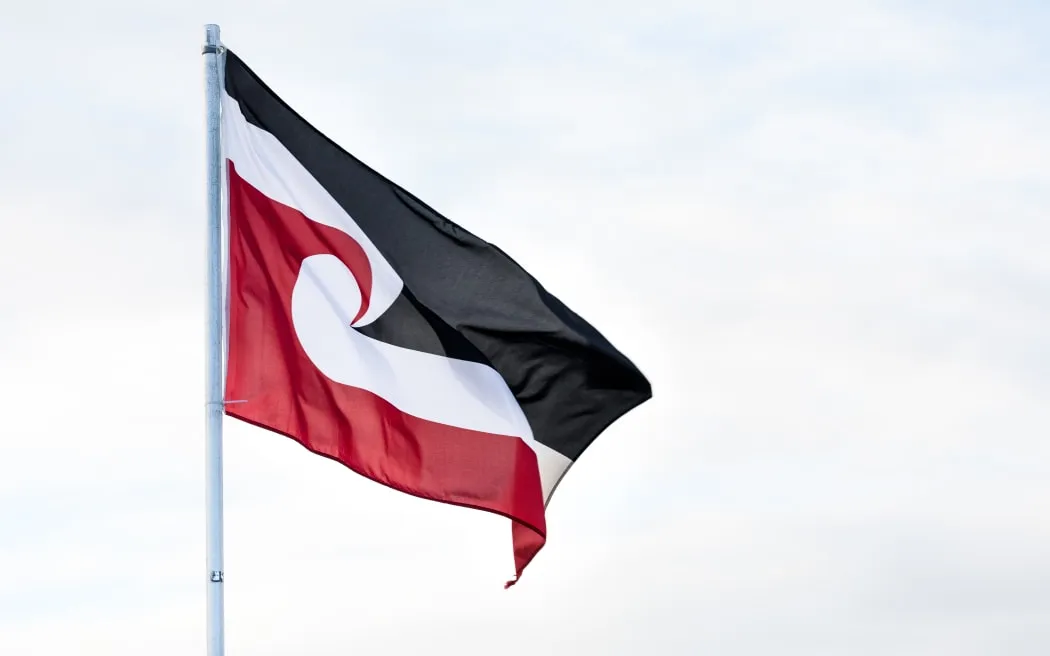The Tino Rangatiratanga Flag: A Symbol of Liberation and Identity
In recent years, the Tino Rangatiratanga flag has gained significant attention as a symbol of Māori identity and liberation. The flag was first unveiled on Waitangi Day in 1990 and has since become an important part of Māori culture and heritage.
**Origins of the Flag**
The creation of the Tino Rangatiratanga flag began in 1989, when members of Te Kawariki, a political group, launched a flag competition. The design was created by Hiraina Marsden, Jan Dobson, and Linda Munn, with Munn owning the copyright.
“The media always talk about myself Jan and Hiraina being the creators, but you know for me there were a lot of people behind this, and a lot of them are not with us anymore,” said Linda Munn in an interview. “Tino Rangatiratanga is a set of values I have always lived by.”
The flag was first unveiled on Waitangi Day of 1990, the 150th commemoration of the signing of Te Tiriti o Waitangi.
**Meaning and Symbolism**
The design of the flag is rich in symbolism. The black represents Te Korekore, the realm of potential being; white represents Te Ao Mārama, the realm of being and light; the Koru represents the unfolding of new life, renewal, and hope for the future; red represents Te Whei Ao, the realm of coming into being.
“It’s not just for hīkori,” said Linda Munn. “The design represents the balance of natural forces with each other. To live is to live with nature. To appreciate life is to understand nature.”
**Importance in Māori Culture**
The Tino Rangatiratanga flag has become an important part of Māori culture and heritage. It is a symbol of liberation and identity, representing the long darkness from which the world emerged.
“The Maori Flag, A symbol of liberation and identity” said the original poster. “It represents the heavens and the male element-formless, floating, and passive.”
**Current Situation**
In recent years, the flag has gained significant attention as a symbol of Māori identity and liberation. However, its use is still limited in some areas.
A petition was started to have the flag used more widely in government and public institutions. The petition aimed to increase the use of Te Reo Maori and the Tino Rangatiratanga flag in public spaces.
“We want to see more of our culture represented,” said the original poster. “We want to see our language, our flag, and our traditions recognized.”
**Conclusion**
The Tino Rangatiratanga flag is a symbol of liberation and identity that has gained significant attention in recent years. Its design is rich in symbolism, representing the balance of natural forces with each other. The flag has become an important part of Māori culture and heritage, but its use is still limited in some areas.
As we move forward, it’s essential to recognize the importance of Te Reo Maori and the Tino Rangatiratanga flag in public spaces. By doing so, we can promote a greater understanding and appreciation of Māori culture and identity.

0 Comments